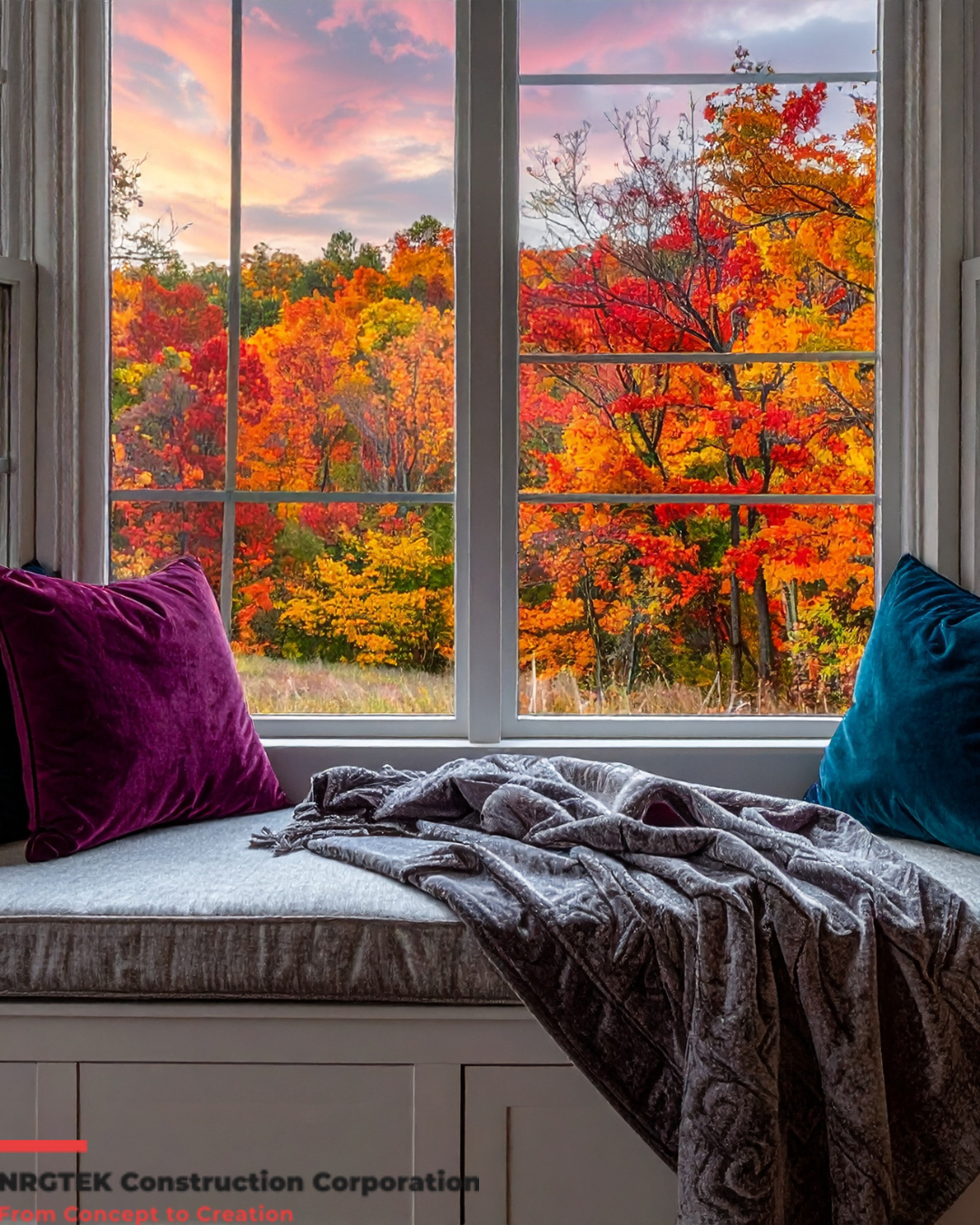
As construction technology continues to evolve, the debate over whether concrete or wood should be used in building projects remains a key discussion point in the industry. In British Columbia, where natural beauty meets modern infrastructure, the decision about what materials to use is crucial not only for the aesthetic but also for the functionality, sustainability, and long-term performance of a structure.
While wood has been the traditional building material in BC, concrete is increasingly becoming the material of choice for many construction projects. Here’s a look at some key advantages of concrete over wood in modern BC construction.
1. Durability and Longevity
One of concrete’s main benefits is its exceptional durability. Concrete structures are built to last, with a life expectancy far exceeding wood. Wood can decay, warp, or be compromised by pests like termites, while concrete remains strong and intact for decades, even centuries in some cases. Given BC’s often damp and rainy climate, concrete’s resistance to moisture makes it an ideal material for ensuring long-term structural integrity.
2. Fire Resistance
BC is known for its lush forests, but this also means the province is highly susceptible to wildfires, particularly in rural or forested areas. Concrete is naturally fire-resistant, which makes it a safer option for buildings, reducing the risk of fire damage and improving overall safety. On the other hand, wood is highly flammable, and even treated wood can burn under extreme conditions. Concrete is often the clear winner when considering fire safety, especially in areas prone to wildfires.
3. Energy Efficiency and Insulation
Concrete has excellent thermal mass, meaning it can absorb and store heat. In the colder months, this characteristic helps concrete buildings maintain warmth, reducing the need for constant heating. This is especially beneficial in BC’s colder regions. While wood also has insulating properties, concrete’s ability to stabilize temperature fluctuations makes it superior in energy efficiency. Over time, this can significantly save heating and cooling costs.
4. Environmental Sustainability
Concrete is not just a durable and fire-resistant material—it is also more sustainable than many people realize. While the production of cement, a key ingredient in concrete, can be energy-intensive, innovations in the industry have significantly reduced the carbon footprint of concrete. Moreover, concrete can be recycled and repurposed, which minimizes waste. Additionally, concrete structures generally require fewer repairs and replacements over their lifetime compared to wood, leading to less material consumption and waste in the long term.
5. Sound Insulation and Privacy
Noise pollution is a growing concern in urban areas, and concrete excels at soundproofing. Its dense nature makes it an excellent sound insulator, offering better noise reduction than wood. This can make a significant difference in both residential and commercial buildings, where quiet and privacy are valued. Whether it’s a multi-unit apartment or a busy office building, concrete can create a quieter, more comfortable environment.
6. Structural Strength
Concrete’s inherent strength allows for creating large, open spaces without additional structural supports like beams and columns. This is especially beneficial in commercial buildings, parking structures, and even residential homes that benefit from open floor plans. The strength of concrete also allows for taller buildings, which is ideal for cities like Vancouver, where space is at a premium.
7. Pest Resistance
Unlike wood, which is prone to termites, ants, and other pests, concrete is impervious to these threats. This makes concrete a preferable choice for long-term stability, especially in areas where pest infestations are common. Pests compromising wood can result in costly repairs and significant damage. Concrete eliminates this concern.
8. Aesthetic Flexibility
Concrete is not just functional; it’s also highly versatile in design. Modern concrete can be finished in various ways, from polished and smooth to textured and decorative. It can mimic other materials like wood or stone, allowing architects and builders to create aesthetically pleasing structures without compromising on the benefits of concrete. Whether you’re designing a modern, minimalist home or a sleek, urban office building, concrete can be molded to fit any vision.
Conclusion
In modern BC construction, concrete offers several advantages over wood, from enhanced durability and fire resistance to better energy efficiency and environmental sustainability. As the demand for high-performance, long-lasting buildings increases, concrete stands out as the material for those looking to ensure safety, durability, and aesthetic appeal.
At NRGTEK Construction, we are committed to using the best materials for your project and ensuring your structures are built to last. Whether you are building a commercial property or a custom home, our team of experts is here to guide you through selecting materials that will make your project a success.










